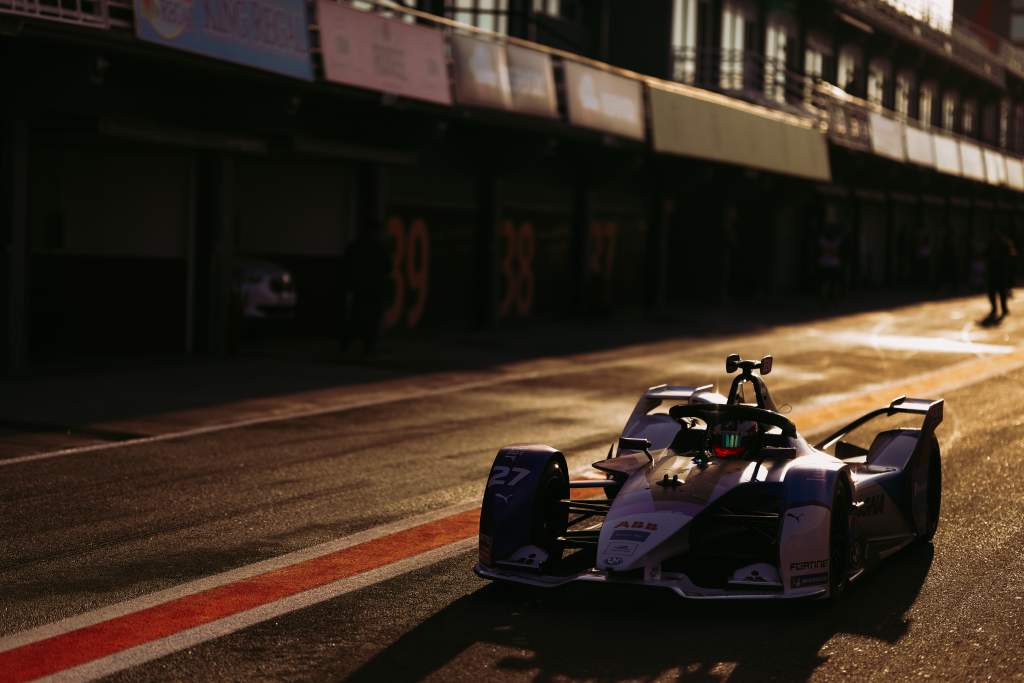The fierce southern hemisphere sunshine and sultry humidity of the Parc O’Higgins in downtown Santiago would have been a major tonic this January.
Not only for the mostly Vitamin D disadvantaged European throng of teams, organisers and media, but for ABB FIA Formula E it should have ushered in its new world championship era at a popular venue with a challenging track that is in many ways the perfect Temporada style season starter.
With only one venue having hosted a Formula E race in the last 11 months, a growing impatience has built up for the guaranteed excitement of the championship’s ingenious sporting format, with the unique qualifying structure the main factor.
It’s also worth remembering that the lockdowns and difficulties of travelling to warm testing climates has forced compromises, particularly for British based teams.
Historically, ahead of the first race of any given Formula E season, teams have done their full allocation of test days, but on this occasion they haven’t.
This is actually due to the two year homologation structure, which now allows them testing up to the end of April. That means most haven’t used the total allocation of tests before they get to the first race.
So from a honing point of view teams will not necessarily have got everything as sorted as they maybe would have liked. That will still be the case at the planned season-opener in Saudi Arabia next month, but would have been particularly apparent had the championship been beginning this weekend as planned.
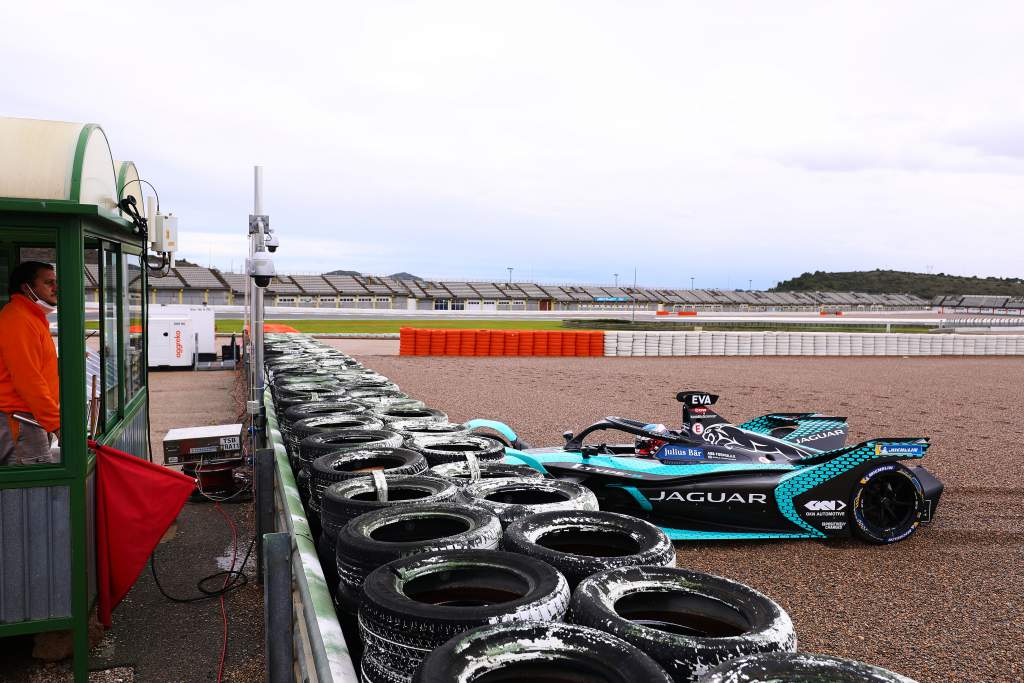
That testing situation also means teams have got the potential to work on problems after racing begins, and what we all hope is an early spring of at least some pandemic recovery could become even more crucial.
The other factor that will have compromised preparations is that because testing was pushed towards the end of the 2020 due to a mix of the new homologation structure and the effects of the pandemic, the conditions available have not generally been akin to the 32 degrees of blistering sunshine on a circuit like Santiago.
With an element of compromised testing and the inevitable chaos of the group one and two guys attempting to pull off ‘burn from the stern’ style drives, Santiago would have been entertaining, and in the first race of the now sadly phantom double-header in Chile we could very easily seen a first-time winner.
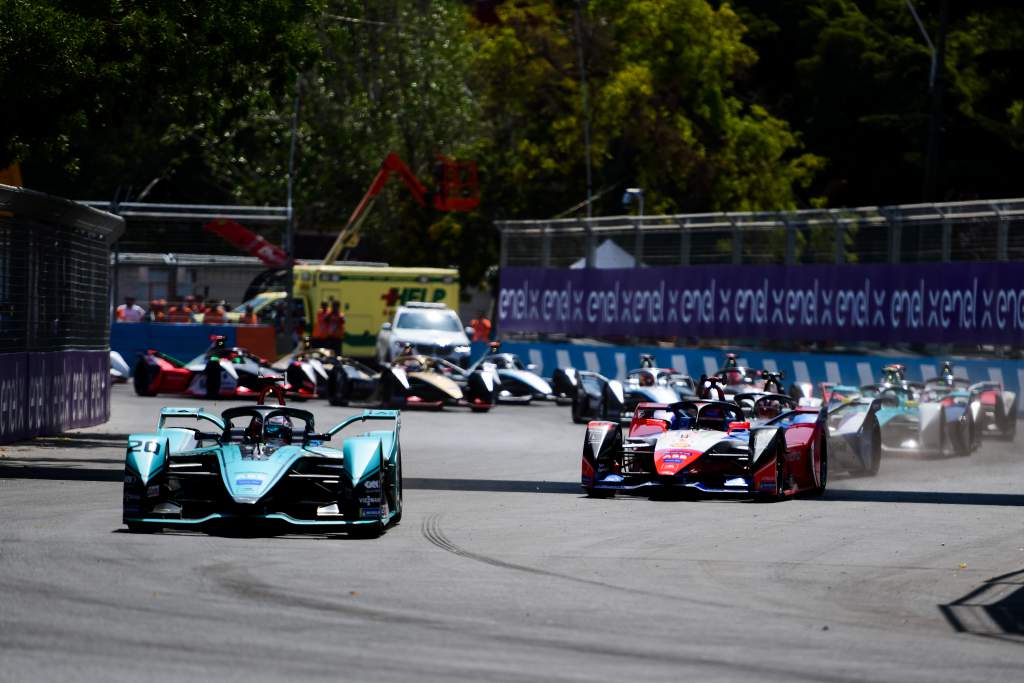
But actually the truer picture of who will be up for a genuine title crack is unlikely to come until a few races in when a pattern emerges on the all-important championship position-based qualifying group structure which is so loved by us but so infuriates the drivers.
So what would have happened, what could have happened, and how might it have happened in Santiago this weekend?
We’re going to look primarily at what would have been the first race (tomorrow) due to the simple fact we know what the qualifying groupings are by dint of last season’s final points table.
Now, a weather warning. Although warm, the temperature in Santiago tomorrow is forecast to be around the 29 Celsius mark. Toasty yes, but around six degrees cooler than last year’s race and almost 10 down from the sweltering 2019 event, when even the track cried enough and started to melt!
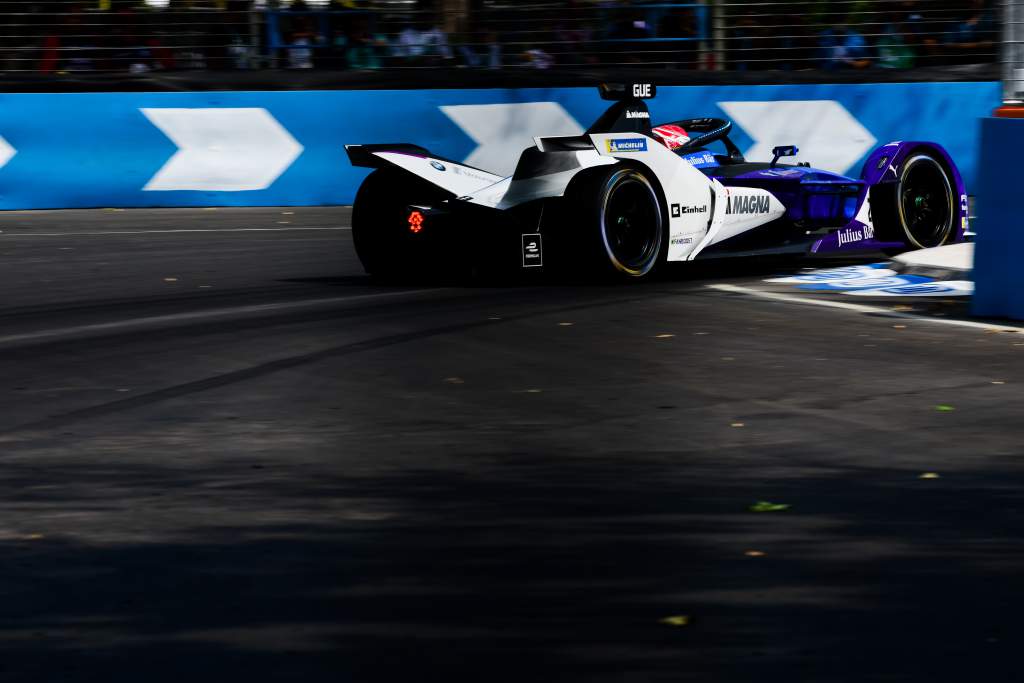
This is significant because last season the victorious Maximilian Guenther and his BMW clearly kept their collective cool in terms of thermal efficiency management much better than anyone else on track for the entire 45 minutes plus one lap race.
By the Marrakesh test day, held last March, most of BMW’s rivals had sorted their thermal management out. But with BMW’s powertrain believed to be a slight evolution of last season’s, the Munich mob would be right up there with reigning champion DS Techeetah in Chile.
DS duo Antonio Felix da Costa and Jean-Eric Vergne would have been driving a totally known quantity having done all the development testing for season six plus a complete racing season, whereas everybody else bar Nissan e.dams and Dragon Penske Autosport is still very much in the exploiting phase of performance running with new packages.
The reigning champion squad has also tightened its engineering team with Vergne’s former engineer Pascal Tortora moving to a more overarching role, and Thibault Arnal taking over JEV-care.
The move is designed to provide a more clearly defined communication and responsibility structure during events.
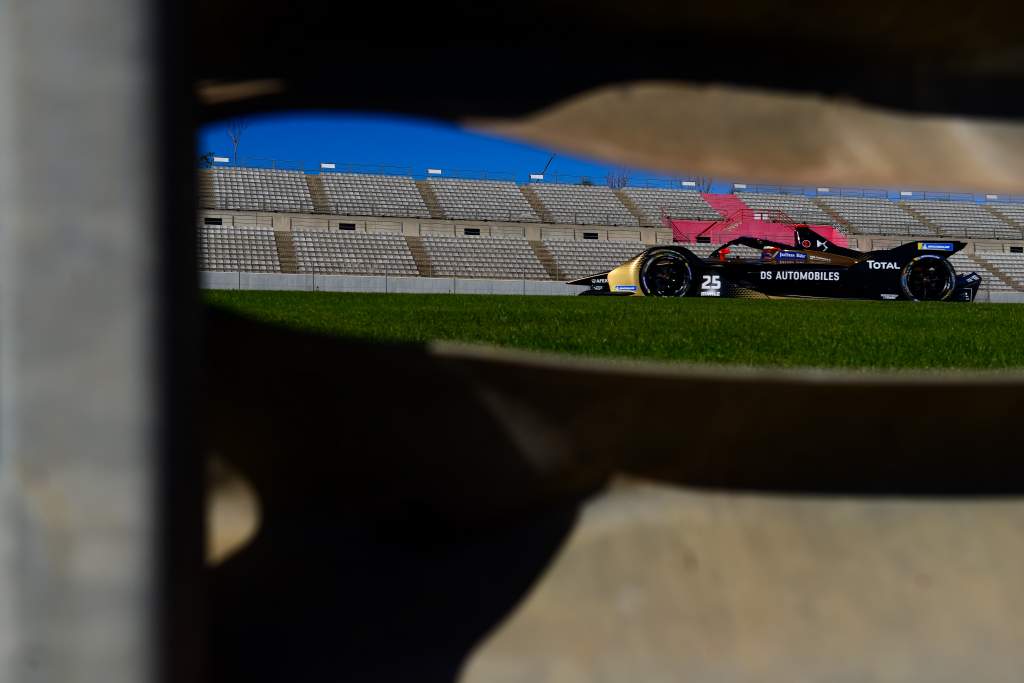
Ironically it was last season’s Santiago E-Prix that began a series of fraught ‘race calling’ incidents between the Techeetah team-mates and sparked some fury from da Costa, who felt denied a crack at victory due to some rather opaque communications from his team.
Those difficulties should now be largely eradicated meaning that DS Techeetah would be among the clear favourites over a race distance along with BMW and Nissan e.dams.
The critical first qualifying group structure of the season, based on last season’s title standings, would have looked like this:
| Group 1 | Group 2 | Group 3 | Group 4 |
| Da Costa | Evans | Sims | Mueller |
| Vandoorne | Lotterer | Mortara | Blomqvist |
| Vergne | Guenther | Rast | Sette Camara |
| Buemi | Bird | Lynn | Dennis |
| Rowland | De Vries | Wehrlein | Cassidy |
| Di Grassi | Frijns | Turvey | Nato |
The critical juncture for DS Techeetah would be the grid positions Vergne and da Costa could muster from the disadvantaged first qualifying group.
There is little doubt that da Costa had the upper hand in that regard last season and it would be interesting to see how Vergne recalibrated his approach in the hostile environment of qualifying on the dusty and technical Parc O’Higgins track.
A top 10 qualifying performance would surely be ‘a result’ and a launchpad for a decent race, although da Costa last season missed out on super pole in Santiago, beaten by Mitch Evans, Pascal Wehrlein and Guenther in group 3, and started 10th.
Last year, with group 4’s Oliver Turvey (this was the lap of last season by a mile), Sebastien Buemi and Felipe Massa also making it, the conditions played to type by getting ever more favourable later in the session.
Nissan e.dams was a force to be reckoned with at stages last season which in itself was impressive considering its quickfire turnaround from reconfiguring its powertrain after the dual MGU rules controversy during the 2018/19 season.
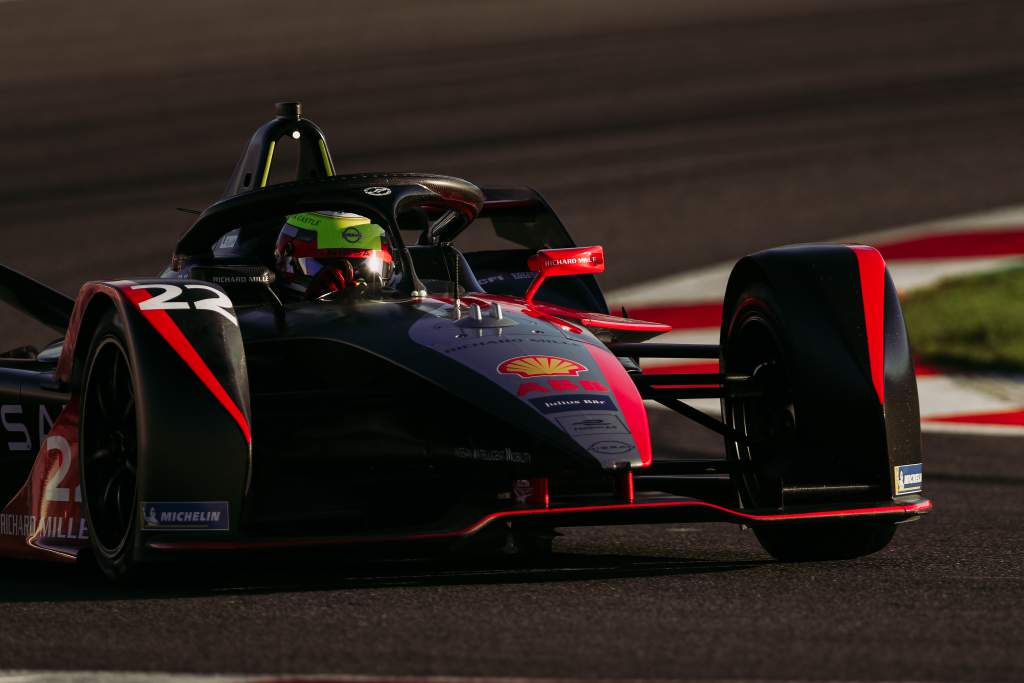
Oliver Rowland took a well-deserved victory in Berlin and Buemi ended on a high with a fine third in the final race. And like DS Techeetah, Nissan starts the season with unchanged hardware.
So with all this considered could we have seen a remarkable debut win for BMW’s new signing Jake Dennis in Santiago?
It is entirely plausible considering the car beneath him and the fact he would have had a good chance of making it into super pole.
It’s impossible to say whether his relative lack of experience would have bitten him in the race but a full-on scrap for a podium could have been a minimum prospect for the lanky Brit.
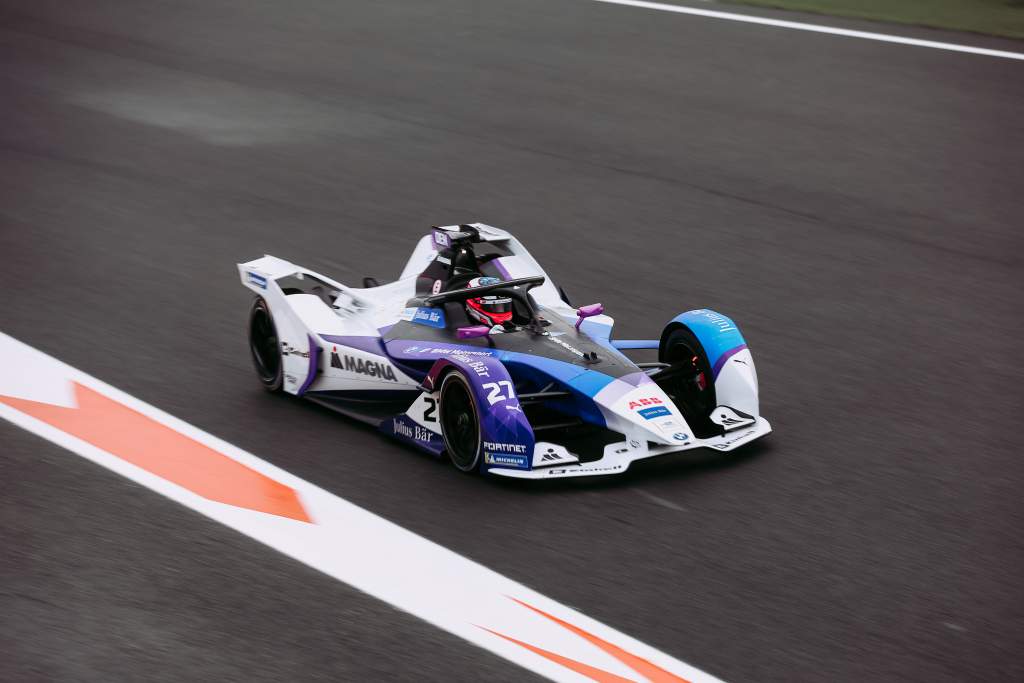
Outside of the top three there are genuine ‘unknowns’ and ‘improvers’. In the former category are Porsche, Mercedes and Jaguar, who all, for varying reasons, are super difficult to pigeon hole.
Porsche appears to have the biggest step-change in its powertrain design and had a decent Valencia test. In Andre Lotterer and Pascal Wehrlein it has two potential first time E-Prix winners, and in the case of the team new-boy Wehrlein there could have been a fairytale start with a podium or even a genuine challenge for a win in Chile.
He’d be in qualifying group three, mostly by dint of being jettisoned by Mahindra boss Dilbagh Gill prior to the final half of the 2019/20 season in Berlin, so Wehrlein would have been a decent shout for a surprise Porsche debut win – especially when you consider his excellent prior form in Santiago, a second in 2019 and a fourth last season.
Then there is Mercedes pair Stoffel Vandoorne and Nyck de Vries, who at the end of the last campaign looked the class of the field.
They both spent the Valencia days going through actual event simulations – practice x 2, qualifying, super pole and full race, repeat.
This work emphasised that mistakes made last season had a serious cost, with Santiago being a prime case in point when a penalty for excessive cooling on the grid cost de Vries a maiden podium visit.
Jaguar collated the least miles at the pre-season Valencia test but didn’t seem massively fazed at the end of it by that simple stat as it continued its development phase of testing.
An incident, pictured below, for Evans (the Santiago 2020 polesitter) caused some consternation, yet still there seemed an air of progress as the test concluded.
Jaguar is known to have used one of its Gen1 cars for testing at its unofficial Abingdon test track last year.
It is far from the only manufacturer to do this, and while it initially got some rivals’ tongues wagging, the team itself stated to The Race that the cars were in use “for various activations including demos for our markets and partners, and to evaluate young drivers ahead of potential rookie test days and alongside time in our in-house simulator”.
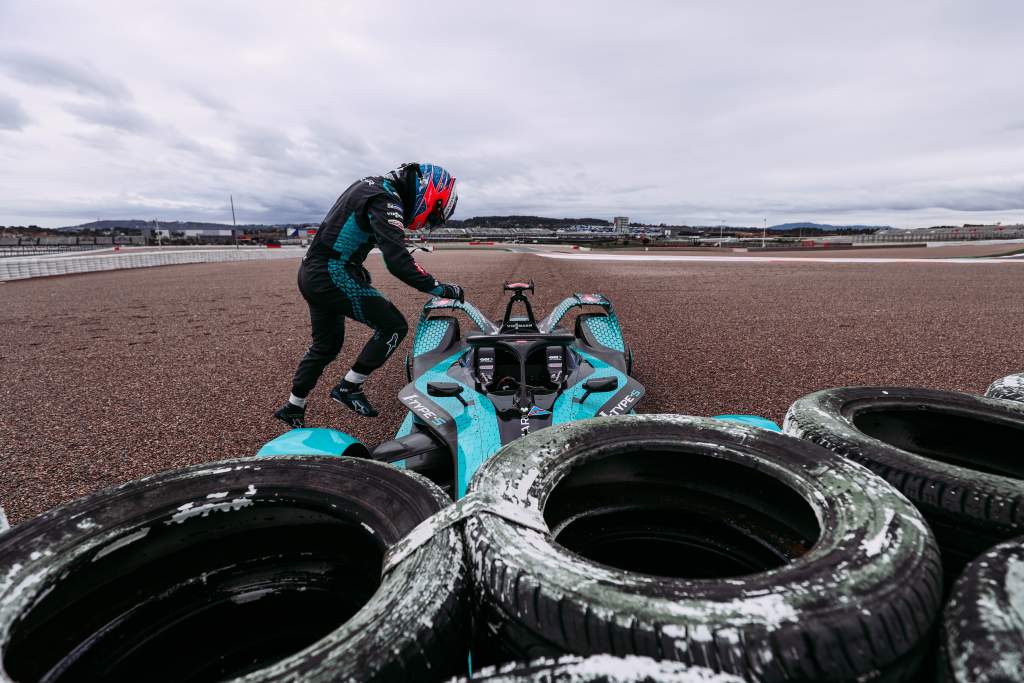
Then there are the ‘improvers’ – Mahindra, Audi, Envision Virgin, Venturi and NIO333.
It would be too lazy to group these into a neat midfield entity. Instead we have multiple challengers to what are likely to be initial favourites BMW, DS Techeetah and Nissan e.dams, who all could enjoy a tiny overall efficiency advantage.
Audi, and by way of its customer team Envision Virgin, has certainly made some strides and inroads from where it was at the end of last season.
All seemed to click for Daniel Abt’s replacement Rene Rast in the final half of the Berlin races last summer, and one of the fascinating prospects in Santiago would have the triple DTM champion’s progress.
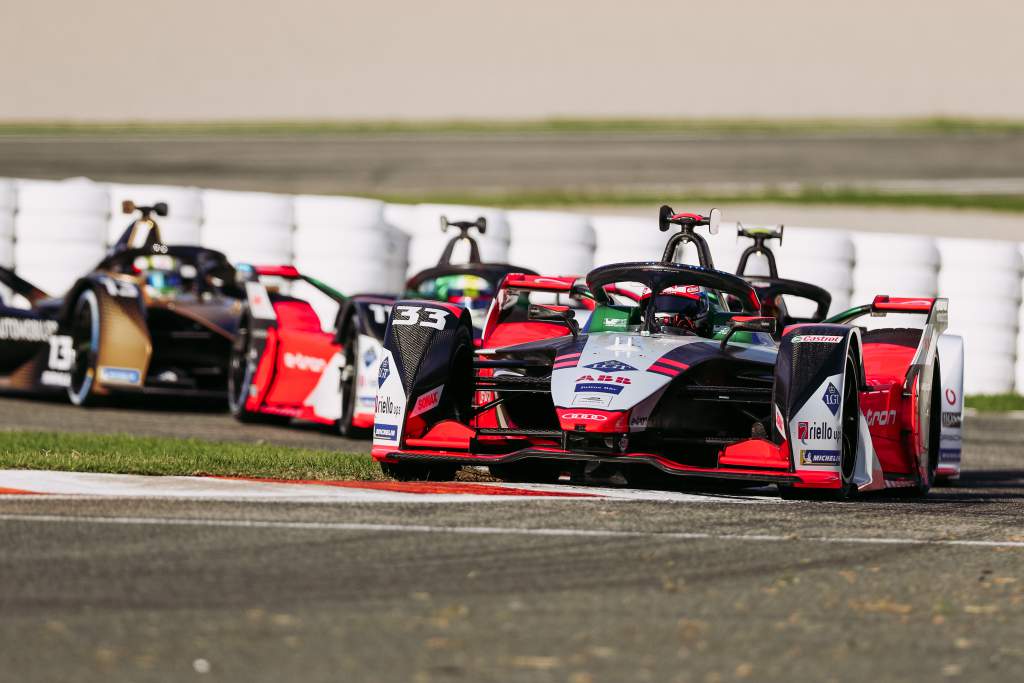
There is little doubt he would have been in the mix, along with more senior team-mate Lucas di Grassi, for at least a top six result and possibly more.
Nick Cassidy is new to Formula E, but he is far from new in knowing how to win races. The Kiwi has fitted into the Envision team seamlessly despite not being able to join it, physically at least, as soon as they all would have liked due to the pandemic.
Since he has been ‘on-site’ in Europe from his previous home in Japan, Cassidy has made up for some lost time and also conducted three useful days at Valencia and a small amount of additional running via Audi.

While he may not have immediately had as strong a package as fellow group one qualifier Dennis this weekend, Cassidy could have achieved a headline grabbing pole and from there who knows what could have happened.
You want a dark horse? We’ll give you a dark horse. Mahindra.
With a new respected and savvy tech partner in ZF allied to a proven ‘in-house’ engineering team which includes Lewis Butler and Angus Lyon, Mahindra has quietly undertaken a fruitful reliability and performance testing programme that appears to be paying off generously.
What remains to be seen is how significantly it has made up ground, which was partially lost by reverting to some of its previous season’s tech after reliability issues in the early races of last year.
Alexander Sims and Alex Lynn have both proved they can win or put themselves in winning positions. With both being in group three qualifying, there might have been some very smart money on one of them springing a surprise first time out this weekend.
Chile may just have been too soon though for the Marlboro-esque-liveried cars. In Diriyah next month Mahindra’s pace needs to be carefully watched by the opposition.
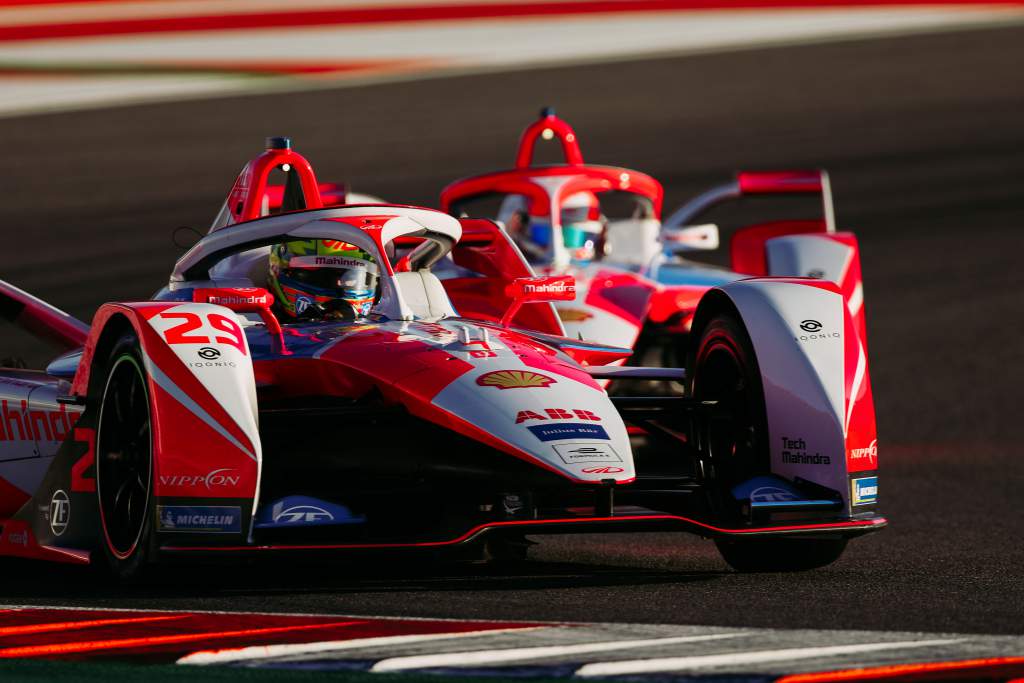
Venturi and NIO333 are likely to have been right in the midfield fight this weekend. In particular Edoardo Mortara and Turvey would have been likely to have followed their eye-catching 2020 Santiago performances with some equally bewitching qualifying laps at the very least.
Their new team-mates Norman Nato and Tom Blomqvist are both decent longer-term prospects for points scoring results and are likely to need a few races under their respective belts.
Penske Dragon Autosport, in the races at least, is set to bring up the rear. The delay in the start of the season should benefit the team as it waits for its newly homologated powertrain.
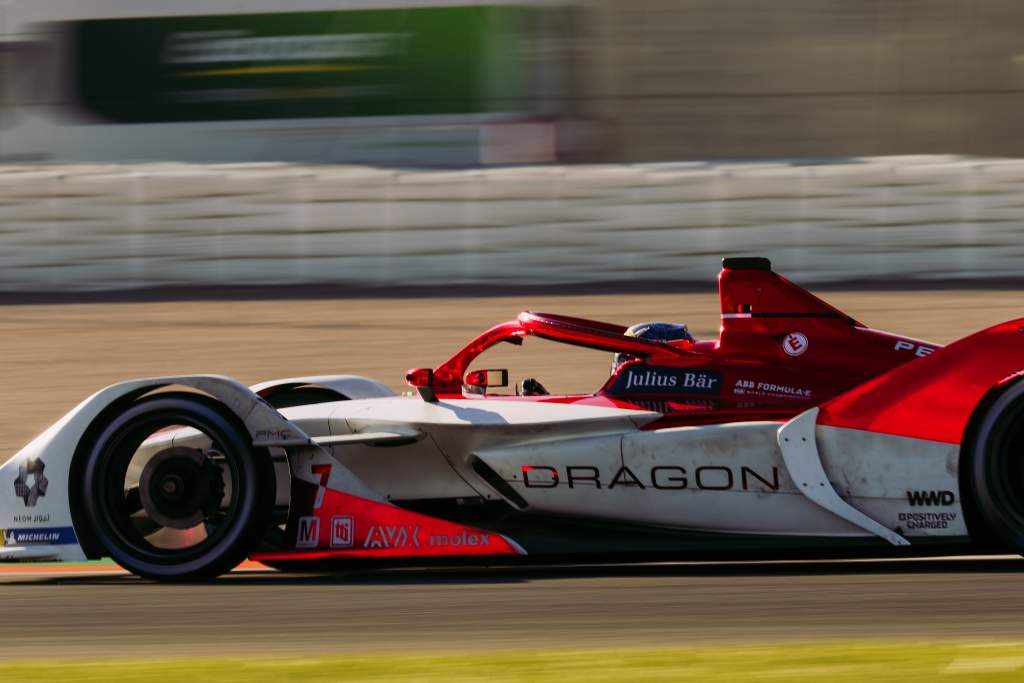
Until then even a point would be a massive achievement, even if it should have been capable of scraping into the top 10 in Chile by dint of Nico Mueller and Sergio Sette Camara’s Q4 grouping.
Looking ahead to Diriyah, and reality, the big question is whether the extra time the teams now have will change the picture much.
The answer is probably not really. Race cars and other equipment are still vacationing in Chile and will be delivered back to the teams on the week before the Saudi fixtures.
Teams will be flat-out working pandemic affected shifts in their remote facilities, on the Driver-in-Loop sims, the seven-post test rigs, test tracks and indeed any piece of kit, physical or programmed.
That’s for the present and future. For our alternate reality of a world championship about to begin on the sun dappled streets of Santiago predictions, other than a seething scrap between the vast majority of the grid, are futile.
So just sit back and imagine what could have been, and enjoy in the knowledge that pretty much all of it will play out in just over a month’s time for real, albeit in Saudi Arabia rather than Chile.


